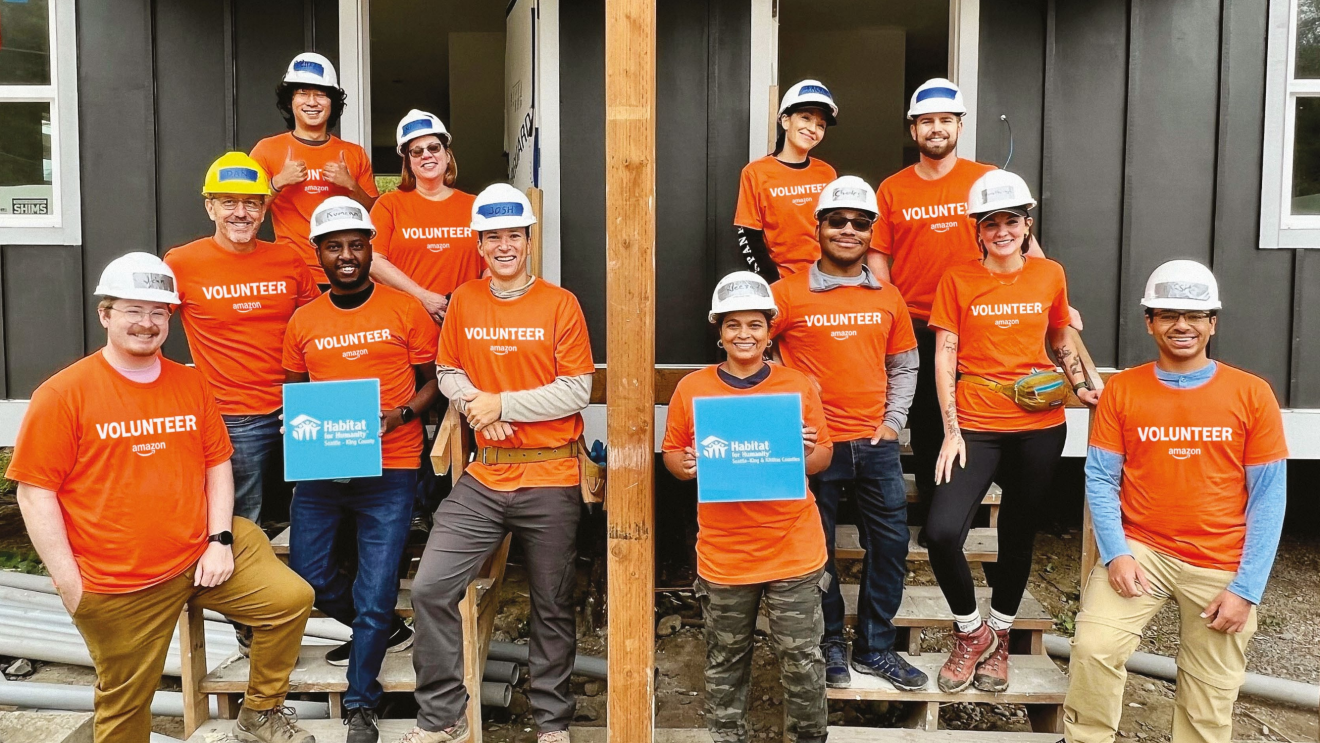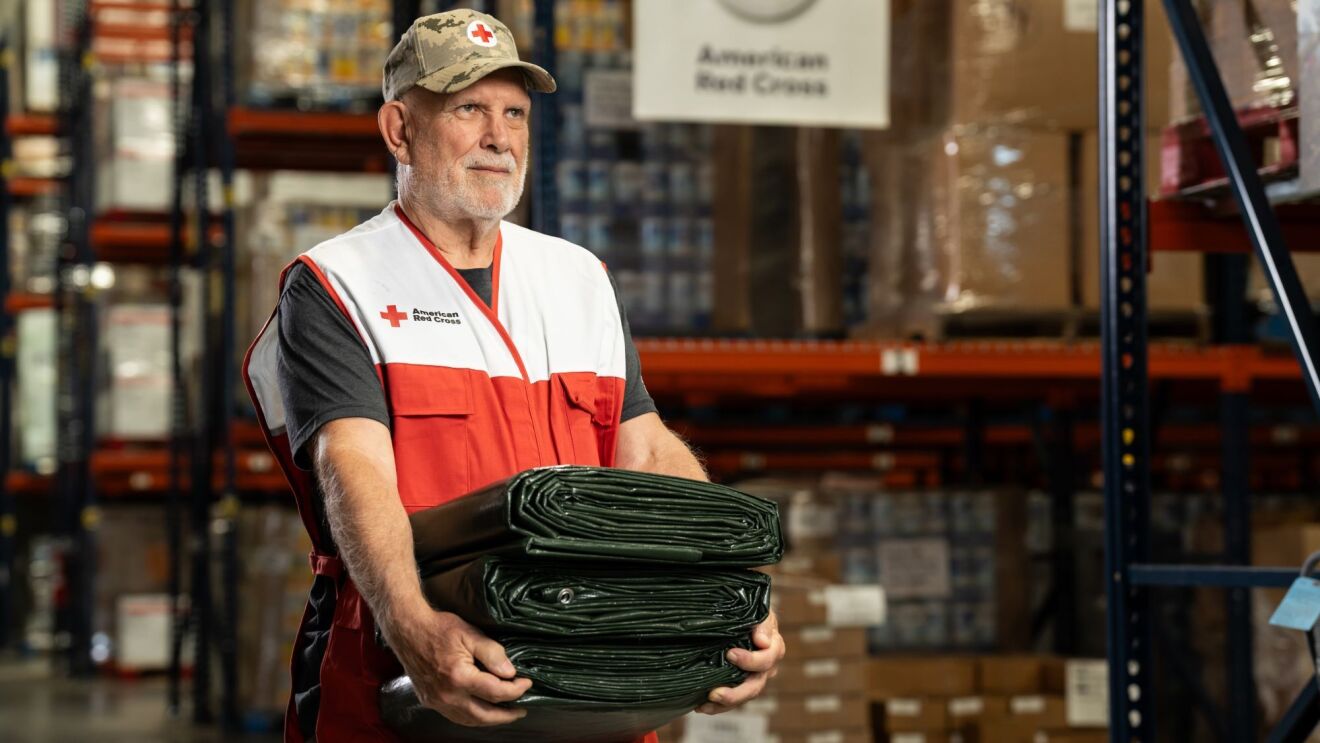My inspiration to code came in 1975 when one of my teachers introduced me to an old rotary phone modem and a printer-based terminal. Once I started coding, I was hooked. In high school, nearly every weekend night when I came home from hanging out with friends, I turned on my Timex Sinclair 1000 (and later TRS-80) and wrote code.
I made awesome trig plots and built games like the ones I found in arcades. Two favorites were Breakout and video poker. I loved everything about writing code and building things, but I mostly kept it to myself. At my school, it just wasn't cool to code. Once I got to college, I found a community of people who were into computers and code, so I kept learning. It led me to my first job as a programmer, writing financial software for governments and big banks.
Knowing how to code made a big difference in my life, so when my friend Hadi Partovi asked if I would support Code.org by becoming a board member I jumped at the chance. I want every kid in the world to have the opportunity to develop even a tiny bit of the passion I tried to hide in high school. Coding is cool and really important – technology is a part of everything we do, and knowing how it works is empowering.
We know that more needs to be done to develop the talented technology and business leaders of tomorrow. We have a particularly acute challenge in tech, where the pipeline happens to be the smallest. That’s why we are proud to support Code.org’s Hour of Code. This year we are hosting events at our Seattle HQ, we donated $100,000 in Amazon gift cards to Hour of Code participants, and I had the opportunity to visit Rainier View Elementary School and have some of the students teach me some Minecraft code.
The work Code.org does is vital. There are 20,000 open computing jobs across all industries here in Washington State, and the demand rate for these jobs is three times the state average. In 2013, there were 868 computer science graduates at the bachelor’s degree level in Washington State. Among the 1,048 Washington high school AP Computer Science test takers, 260 were female. And 48 were black or Hispanic.
This fall, 15,000 teachers trained in-person by Code.org and their partners began teaching computer science for the first time to an estimated 600,000 students in schools across the country. Because it’s integrated into the school curriculum, 43% of these students are female, and because the focus is on large urban districts, 37% of these students are black or Hispanic. Code.org’s Hour of Code, which has only been around for a few years, has helped more women, girls and people of color explore computer science than in the past 70 years combined. Furthermore, at a time when US universities graduate 8,000 female computer scientists per year, over 4,000 girls and young women enroll in Code.org’s Code Studio online learning platform every day.
It’s a long-term commitment to changing the industry and we are proud to be part of such a big week. Happy coding.
Trending news and stories









